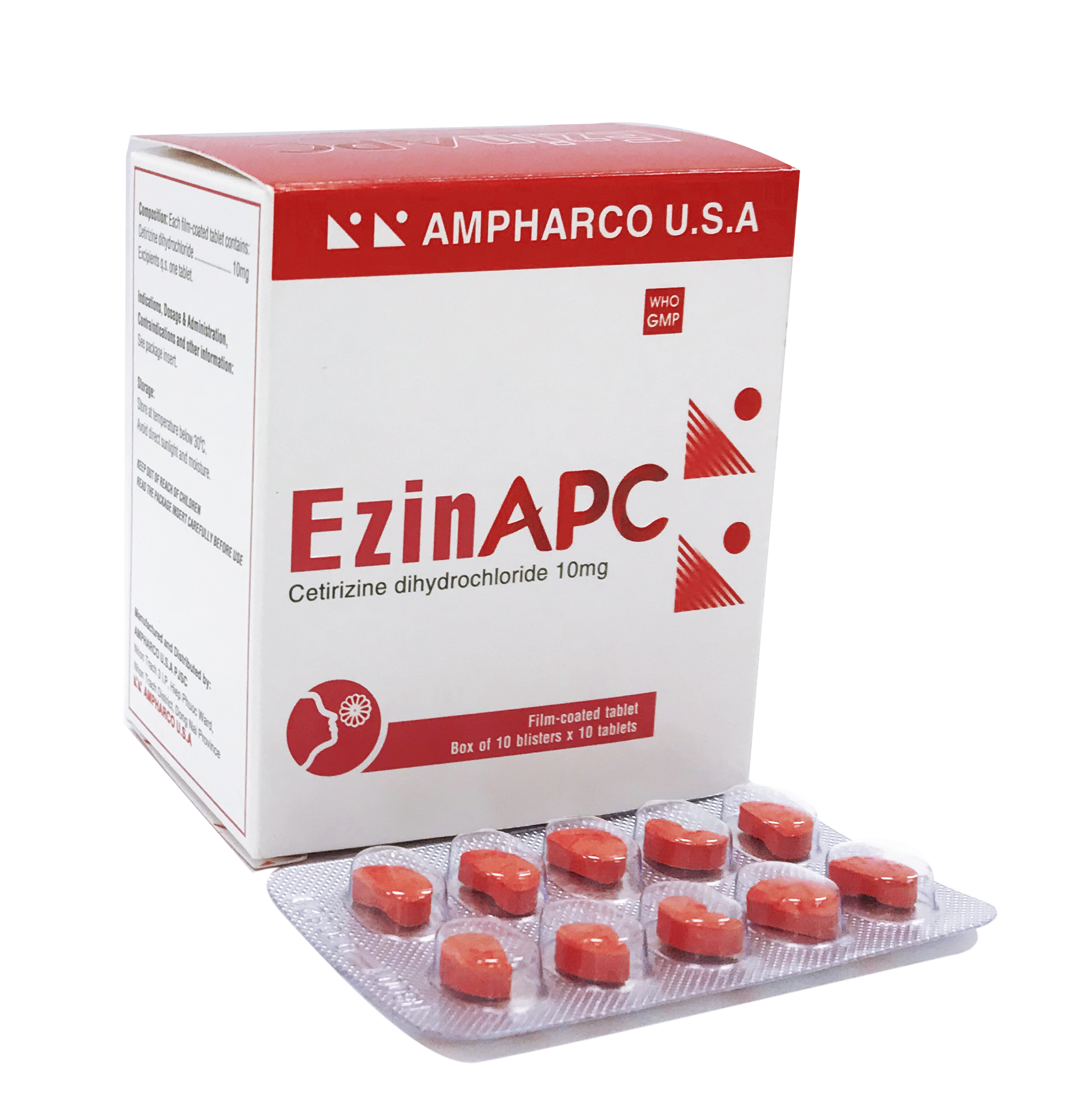MAXXEMVA® 200 is indicated in combination with other antiretroviral agents for the treatment of HIV-1 infection.
Specifications
MAXXEMVA® 200
COMPOSITION: Each hard capsule contains:
Emtricitabin..................................................................... 200 mg
Excipients: Lactose, Microcrystalline cellulose, Croscarmellose sodium, Colloidal anhydrous silica, Magnesium stearate q.s one hard capsule.
INDICATIONS:
MAXXEMVA® 200 is indicated in combination with other antiretroviral agents for the treatment of HIV-1 infection.
DOSAGE AND ADMINISTRATION:
MAXXEMVA® 200 may be taken without regard to food.
Adult patients (18 years of age and older): one 200 mg capsule administered once daily orally.
Pediatric patients weighing at least 33 kgwho are able to swallow hard capsule: one 200 mg capsule administered once daily orally.
Dose Adjustment for Renal Impairment in Adults
The dosing interval of MAXXEMVA® 200 capsule 200 mg should be adjusted in renal impairment patients with baseline creatinine clearance (CC) as follows:
- CC ≥ 50 ml/minute: usual 200mg, once-daily dosage
- CC 30 to 49 ml/minute: every 48 hours
- CC 15 to 29 ml/minute: every 72 hours
- CC < 15 ml/minute or on hemodialysis: every 96 hours. If dosing on day of dialysis, give dose after dialysis.
CONTRAINDICATIONS:
Hypersensitivity to emtricitabine or to any of the components of the products.
WARNINGS AND PRECAUTIONS:
MAXXEMVA® 200 should not be coadministered with lamivudine or other emtricitabine-containing products.
Lactic Acidosis/Severe Hepatomegaly with Steatosis
Lactic acidosis and severe hepatomegaly with steatosis (including fatal cases) were reported with the use of nucleoside analogs in combination, including emtricitabine and other antiretrovirals. Treatment with emtricitabine should be suspended in any patient who develops clinical or laboratory findings suggestive of lactic acidosis or pronounced hepatotoxicity.
Patients Coinfected with HIV-1 and HBV
It is recommended that all patients with HIV-1 be tested for the presence of chronic Hepatitis B virus (HBV) before initiating antiretroviral therapy. Emtricitabine is not approved for the treatment of chronic HBV infection and the safety and efficacy of emtricitabine have not been established in patients coinfected with HBV and HIV-1. Severe acute exacerbations of Hepatitis B have been reported in patients after the discontinuation of emtricitabine.Hepatic function should be monitored closely with both clinical and laboratory follow-up for at least several months in patients who are coinfected with HIV-1 and HBV and discontinue emtricitabine. If appropriate, initiation of anti-Hepatitis B therapy may be warranted.
Fat Redistribution
Redistribution/accumulation of body fat including central obesity, dorsocervical fat enlargement (buffalo hump), peripheral wasting, facial wasting, breast enlargement, and “cushingoid appearance” have been observed in patients receiving antiretroviral therapy.
Pregnancy
There are no adequate and well-controlled trials in pregnant women, emtricitabine should be used during pregnancy only if clearly needed.
Nursing Mothers
Because of both the potential for HIV-1 transmission and the potential for serious adverse reactions in nursing infants, mothers should be instructed not to breast-feed if they are receiving emtricitabine.
Geriatric Use
Clinical trials of emtricitabine did not include sufficient numbers of subjects aged 65 years and over to determine whether they respond differently from younger subjects. In general, dose selection for the elderly patient should be cautious, keeping in mind the greater frequency of decreased hepatic, renal, or cardiac function, and of concomitant disease or other drug therapy.
PRESENTATION: Blister of 10 hard capsules; box of 1, 3 or 10 blisters.
Keep out of reach of children
Read the package insert carefully before use.
Ask your doctor for further information
Use upon doctor’s prescription only
Manufactured and distributed by: AMPHARCO U.S.A PHARMACEUTICAL JOINT-STOCK COMPANY
Nhon Trach 3 Industrial Park, Hiep Phuoc Ward, Nhon Trach District, Dong Nai Province.
Tel: 02513 566 202 - Fax: 02513 566 203







